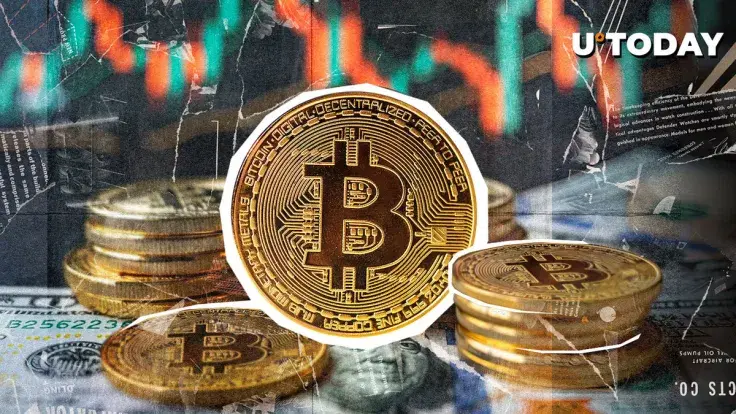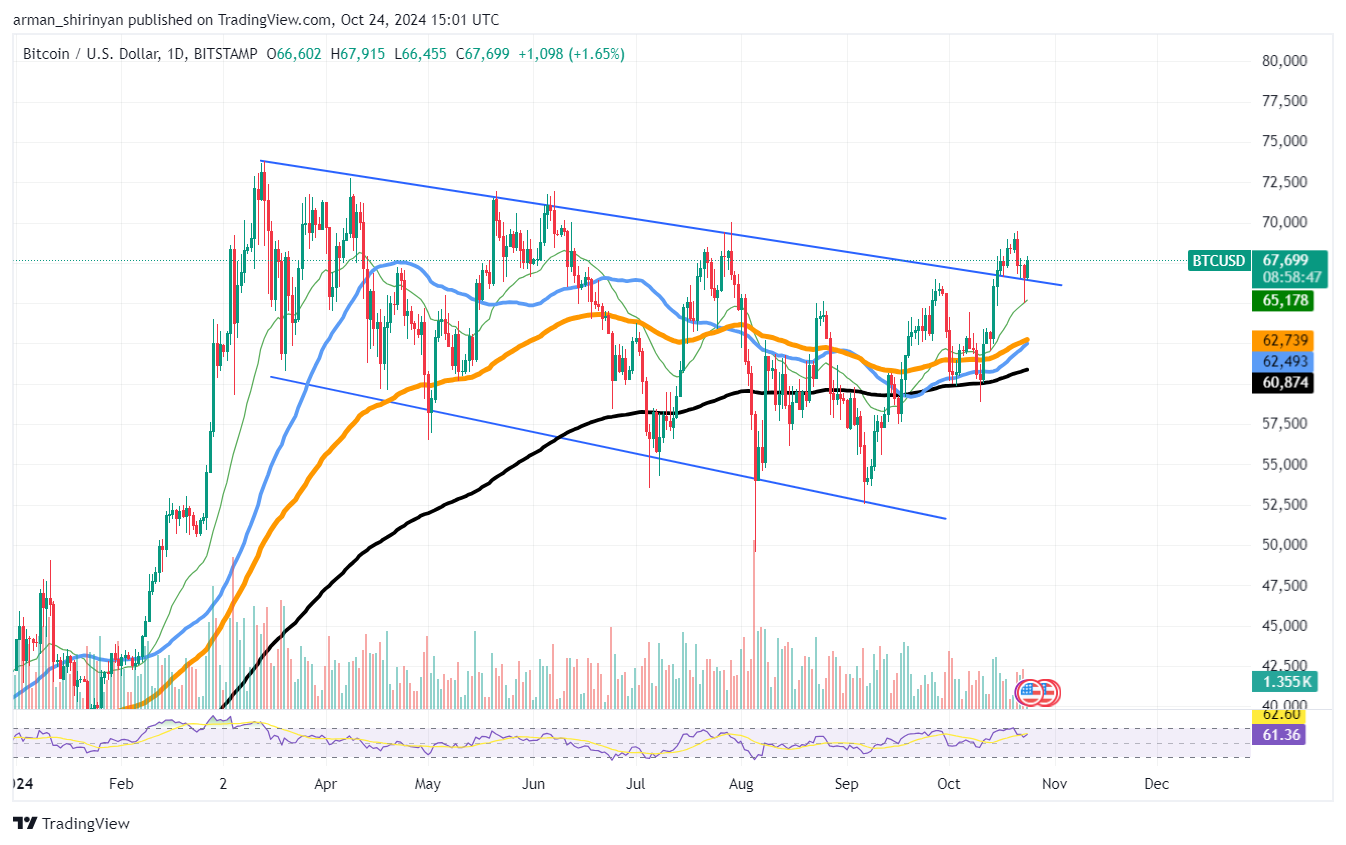
Disclaimer: The opinions expressed by our writers are their own and do not represent the views of U.Today. The financial and market information provided on U.Today is intended for informational purposes only. U.Today is not liable for any financial losses incurred while trading cryptocurrencies. Conduct your own research by contacting financial experts before making any investment decisions. We believe that all content is accurate as of the date of publication, but certain offers mentioned may no longer be available.
The fact that Bitcoin ETFs are expected to surpass one million BTC in holdings is a noteworthy milestone that highlights the widespread institutional adoption of the digital asset. Currently, the total ETF holdings represent 97% of the way to holding one million BTC, with BlackRock's spot Bitcoin ETF leading the pack with nearly 400,000 BTC.
ETFs are expected to overtake Bitcoin's anonymous creator, Satoshi Nakamoto, as the largest BTC holder at this rate. Currently Satoshi's estimated 11.1 million Bitcoin holdings are unrivaled, but given how quickly ETFs are accumulating, this might not last for long. BlackRock is approaching the 400,000 milestone, with 396,883 BTC under management, followed by Grayscale's GBTC and Fidelity's FBTC.

All of these exchange-traded funds (ETFs) contribute significantly to the market circulation of Bitcoin. The increase in ETF holdings demonstrates how institutional investors are beginning to accept Bitcoin as a legitimate investment asset. This trend is anticipated to continue, with many analysts predicting additional institutional inflows as Bitcoin becomes more incorporated into established financial systems and regulatory clarity improves.
Despite recent market volatility the liquidation heatmap currently shows strong potential upsideб indicating that demand for Bitcoin is still strong. The price may rise as a result, particularly if ETFs keep accumulating. As a result of these massive holdings, the institutional push into Bitcoin may produce a scarcity effect, raising the price as supply is reduced.
 Dan Burgin
Dan Burgin Vladislav Sopov
Vladislav Sopov U.Today Editorial Team
U.Today Editorial Team